The best 1930s movies: 20 of the greatest films of the '30s
Do the monster mash with Frankenstein, Dracula, Kong, the Wizard and the Invisible Man.
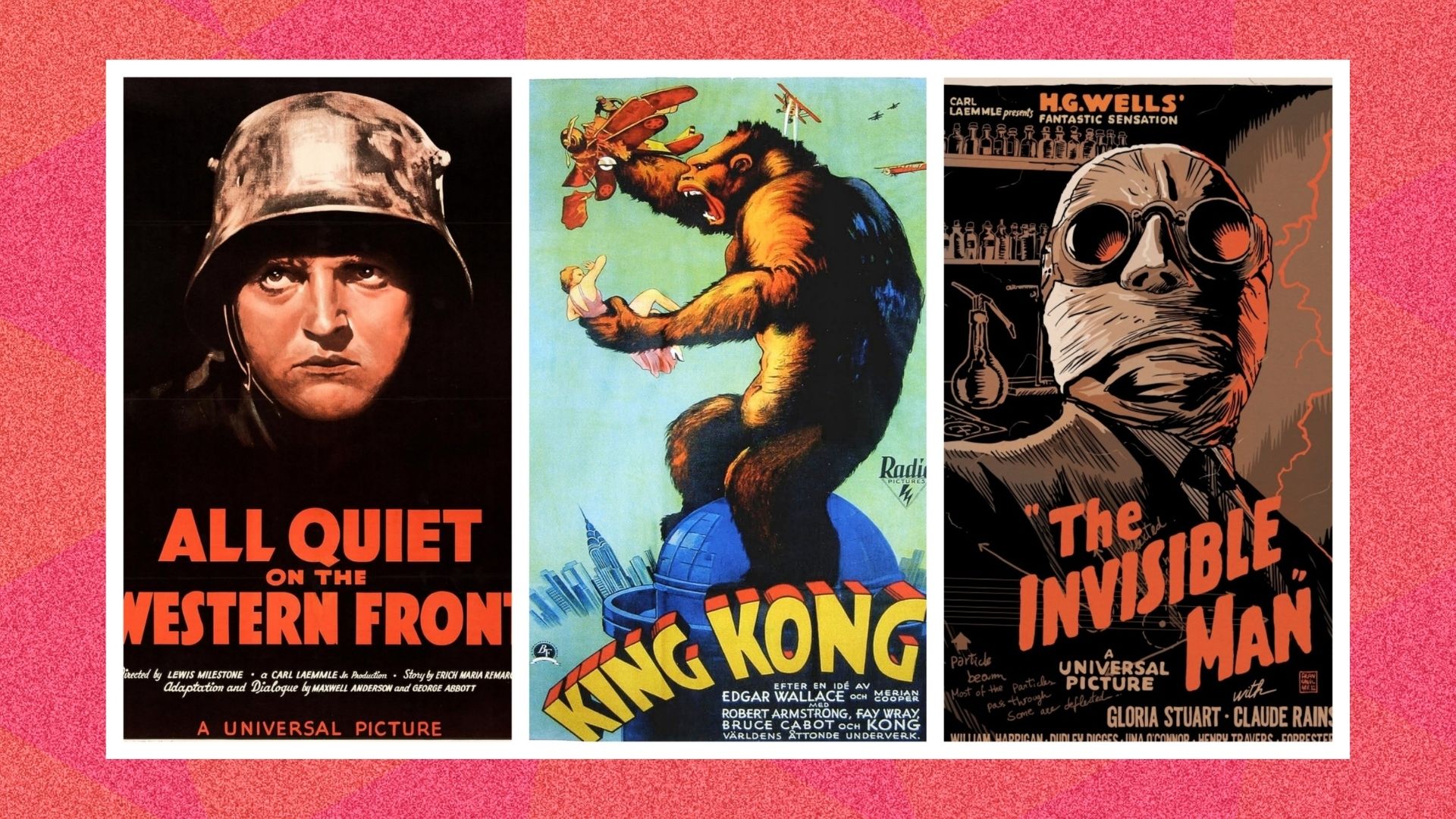

Creature features, screwball romcoms, gangster flicks... oh and a little movie named The Wizard of Oz — the 1930s were a time of total transformation for Hollywood.
From the silent era to Talkies at the end of the ‘20s and from that magical monochrome to Technicolor, sure, but also new innovations like music scores composed specifically for the films, cinematography camera tricks, stop-motion animation and practical visual effects. Everything we take for granted in modern movie making has its roots in the 1930s.
And the stars: Judy Garland, Charlie Chaplin, Cary Grant, Bela Lugosi, Boris Karloff, the Marx Brothers. And yet perhaps the most impressive feat of all: maybe half the films on this list retain legendary status, even nearly 100 years on, in 90 minutes or less.
Ranked in order of importance — but not a single one should be missed! — here's 20 of the very best films from the 1930s.
1. The Wizard of Oz (1939)
A reminder: you are not obliged to watch the next Wicked film - maybe just rewatch this classic instead? Almost all of this list of 30’s flicks are shot in black and white, and a few are still silent, so Victor Fleming’s The Wizard of Oz would make a superb finale to any marathon of films from this decade, quite literally opening the door into the Technicolor era for the viewer.
With a troubled shoot involving no less than four well-regarded directors, MGM nonetheless pulled it off. Judy Garland as Dorothy, Margaret Hamilton as the Wicked Witch, Somewhere Over The Rainbow. Filmmakers like David Lynch, Ari Aster and the Coen Brothers have made their love for Oz clear in their work over the years, and it’s considered one of the most influential films ever made. This one will live forever.
2. Frankenstein (1931)
Sometimes you get lightning in a bottle at the movies, and sometimes you get Boris Karloff as Frankenstein’s monster. If you’re thinking of this particular monster, you’re thinking of this man’s face.
Get exclusive shortlists, celebrity interviews and the best deals on the products you care about, straight to your inbox.
James Whale’s pre-Code Mary Shelley adaptation was thrilling and chilling in the cinemas - Mel Brooks says he hid under his seat as a kid - and it’s still thrilling and chilling now. A perfect midnight movie.
After the huge box office success of this film, Whale would go on to bring both the Bride and the Invisible Man to the silver screen for Universal. And this spooky season, no less than maestro Guillermo del Toro has a new Victor and his monster in the form of Oscar Isaac and Jacob Elordi.
3. Duck Soup (1933)
We could have filled half this list with Marx Brothers productions: Groucho, Harpo, Chico, and Zeppo were pretty damn productive in the 1930s, making Animal Crackers, Monkey Business, A Night at the Opera, A Day at the Races and a heap more comedies.
In Leo McCarey’s Duck Soup, there’s a little more story running under the gags: the plot involves Groucho playing Rufus T. Firefly, the new president of ‘Freedonia’, with two of the brothers playing spies for the nearby country of ‘Sylvania’. But gags there are a-plenty, so much as sneeze and you’ve missed three. If slapstick and silliness are your thing, it’ll have you in stitches.
4. Dracula (1931)
Everything in this eerie, beautifully paced horror is a cut above the usual, whether it’s Tod Browning’s framing and lighting, the fog and the atmosphere or the performances of the supporting players taking on Mina, Renfield and Van Helsing. It’s all here: the gorgeous ruined abbey, the wolf’s bane, the bats and wolves.
But, as with Frankenstein, it’s Bela Lugosi as Bram Stoker’s Count Dracula that’s truly immortal. His face, his voice, his stature, his hands as he shields his face from the crucifixes.
Later in the 30s, Carl Theodor Dreyer offered his own Vampyr take on the legend, and nearly 100 years on, we’re still obsessed. After last year’s Nosferatu from Robert Eggers - there had been an earlier Nosferatu in the 1920s - there’s a Bela Lugosi biopic on the way, produced by Leonardo DiCaprio.
5. La Regle Du Jeu (1939)
A regular on critics’ lists of the greatest films of all time, Jean Renoir’s La Regle du Jeu - or The Rules of The Game - is a satirical masterpiece. That’s genuinely funny.
Set just before the outbreak of World War Two, this film mixes a comedy of manners about the upper classes staying at a French country house (and, crucially, their servants) with then-innovative cinematography techniques, like long shots and deep focus.
The sneaking around, the flirting, the mix-ups, the dry wit, the masked ball, once you’ve seen La Regle du Jeu you’ll see its presence everywhere, maybe even in some of your favourite films.
6. King Kong (1933)
What a trip. In Cooper & Schoedsack’s 1933 King Kong for RKO Radio Pictures, Kong fights prehistoric dinos, snakes and pterodactyls, not to mention sailors, bombs, chains and, finally, fighter planes.
It’s goofy and gnarly in equal measure, with the first ever on-screen ‘scream queen’ Fay Wray, the pioneering stop-motion visual effects by Willis O’Brien and a famous score by Max Steiner - one of the first to actually be composed for the film and recorded with a big orchestra.
The whole final act is electric, with panic on the streets of Manhattan as Kong smashes up train cars and grabs people out of their beds, culminating in *that* scene at the top of the Empire State Building.
A colossal influence on special effects legend Ray Harryhausen and directors like Steven Spielberg and James Cameron. With 13 King Kong films in total, Peter Jackson remade this story in 2005 and, of course, there’s Kong’s ongoing beef with Godzilla.
7. City Lights (1931)
A Tramp adventure including a blind flower girl, a drunken millionaire and a boxing ring, City Lights is made up of one perfect slapstick sequence after another. Charlie Chaplin sleeping on a newly unveiled monument: chef’s kiss. Charlie Chaplin perving in a shop window and side-stepping a trapdoor: cinema.
Charlie Chaplin saving a man from jumping in the river, smoking cigars, eating spaghetti, whistling, boxing: it’s too much. And then just when you’ve giggled through 90 minutes of his silly-string black-and-white ballet, which Chaplin wrote, directed and composed the music for, he hits you with that heart-swelling ending. One to rewatch again and again.
8. All Quiet On The Western Front (1930)
Honestly, this could have been made yesterday. Lewis Milestone’s adaptation of the German novel by Erich Maria Remarque is an anti-war film for the ages. It follows a group of young German soldiers enlisting in the 2nd Company and offers all the intensity and dramatic clarity that depicting the confusion and chaos of World War One trench warfare demands.
When Christopher Nolan shot Dunkirk, he showed the crew this film as one example of what he considered the kind of imagery that could make the audience understand the sheer terror of fighting in these conditions. Remade in the 70s, and again by director Edward Berger in 2022, the original is still very powerful.
9. The Awful Truth (1937)
“Divorce me, it’ll be a pleasure”. While not as famous as screwball romcoms It Happened One Night and Bringing Up Baby, this Leo McCarey joint is our pick of the bunch as it just feels so modern. Cary Grant and Irene Dunne play Jerry and Lucy, a married couple who are rich, stylish, witty, unhappy and brazenly cheating on each other.
They go to get a divorce and the judge tells them it won’t be final for 90 days. They start dating other people, embarrassing each other in public, sabotaging each other’s dates and, yes, sorta kinda falling back in love with each other in the process. The sequence where Jerry and Lucy get pulled over for drunk driving by the cops is one of the all-time greats. They don’t make ‘em like this anymore.
10. The Invisible Man (1933)
Claude Rains, ladies and gents. All bandaged up, he manages to fully inhabit the ‘Invisible Man’ with just that wonderful voice and all that RSC training in James Whale’s really compelling hour-and-eleven-minute take on the H.G. Wells story. Rains - whose face you might know from Casablanca - plays scientist Jack Griffin, who has disappeared and subsequently started terrorising innocent people.
And the visual effects are just superb: the creative team used wires on the clothes, a mask and a cast of the actor, a black velvet suit and a black velvet background, a body double to achieve iconic scenes like the invisible griffin lighting himself a cigarette. This one really holds up, but if you’re looking for a more modern take, there’s an inspired Blumhouse version from 2020 starring Elizabeth Moss.
11. Scarface (1932)
Here, Scarface is Tony Camonte, an Al Capone-like Italian gangster running booze on the South Side of 30s Chicago. He’s played by Paul Muni who does charming, goofy, menacing and melancholy - as opposed to Al Pacino’s Tony Montana in Brian de Palma’s incredible stands-on-its-own 1983 remake.
There’s everything you expect in Howard Hawks’ shoot-em-up: newspapermen after the story, police chiefs after the crooks, mob rivalries, machine gun fire, broken shop fronts and even a car chase.
But Hawks also provides us with plenty of pathos, memorable characters and scenes, from Tony telling his boys to stand down at a swanky nightclub to the fate of his loyal, coin-flipping deputy Rinaldo. Camonte even sends one of his goons back into the theatre to find out who a girl picks in an on-stage love triangle, while he goes out and causes trouble, prefiguring the Tarantino-era of pop culture gangsters.
12. The 39 Steps (1935)
This early, British black-and-white Hitchcock spy thriller is elegant and suave throughout, with plenty of intrigue, double crossings and an agent with part of his pinkie missing. Based on the John Buchan novel, the story goes like this: Richard Hannay lets a mysterious foreign woman stay at his flat, only to be woken up by her stumbling into his room in the middle of the night, a knife in her back.
He picks up her trail to stop top-secret military information leaving the country, leading him to Scotland - with an action set-piece of Hannay climbing out of a train, pursued by police, on the Forth Bridge.
Hitchcock famously pretended to have lost the key to a pair of handcuffs cuffing Robert Donat (playing Hannay) and his co-star Madeleine Carroll to make the actors more uncomfortable. Unlike the long-running West-End play of the same name, this isn’t an out-and-out gagfest but it does have comic moments.
13. Kameradschaft (1931)

This is a really gripping film based on a real-life mine collapse on the French-German border at Carrieres in 1906, which the director W.B Pabst switches to post-World War One to great effect. Kameradschaft translates as ‘comradeship’ and salutes the German miners who crossed the border to help save the French miners’ lives after years of Germans being treated with animosity in the area.
With a formula that’s now very familiar to us, we see the overall rescue effort and hone in on a few individual stories: an old man heads down the shaft to try to save his son, three German miners burrow their way through the tunnels and wives and daughters try to storm the gates. Pabst lingers on a defining shot of two men shaking hands and ends on speeches, in both languages, about what everyday miners have in common with each other.
While this was shot on studio lots, everything from the claustrophobia of the tunnels, the phones in the railcar room, the dirt and sweat on the miners’ faces and even the showers feels lived in and real.
14. The Mummy (1932)
Back to the Universal creature features and Karl Freund’s 1932 The Mummy. Often compared to Dracula, this film does share a lot of similar beats so perhaps don’t watch them back-to-back. That said, if you take this as more of an undead love triangle (Past Lives meets Materialists) with a lot of history, rather than an all-out horror, you’ll enjoy it a lot more.
Deaths off-screen and incantations in Cairo museums kinda vibe. Boris Karloff is back, mesmerising as ever and doing something slightly different here as the enigmatic Ardath Bey and Freund does lend the film enough of an atmosphere to keep us fearing for Zita Johann as Helen Grosvenor, the object of the Mummy’s affections. Of course, this one was remade in the ‘90s with Brendan Fraser and Rachel Weisz.
15. Stagecoach (1939)
And.. zoom to John Wayne’s face. In the master John Ford’s imperilled stagecoach Western, a youngish John Wayne plays Ringo Ki,d who joins a group of travellers trying to make their way safely across Apache territory.
Putting the racial stereotypes of the time to one side, there’s lots of drama, stunning shots of Monument Valley landscapes, a dash of romance and a very hummable main theme. Almost everything that could happen on this journey happens with prisoners, soldiers, gunslinging, and babies! You’ll never complain about that slightly delayed train again.
16. The Champ (1931)
No, you’re welling up. There are good child actors, and then there’s this performance from a nine-year-old Jackie Cooper as Dink, the son of a washed-up boxer named ‘the Champ’ who has some mighty drinking and gambling problems.
Even now, Cooper is still the youngest person to be nominated for a Best Actor Oscar. The central pair of father and son - with Wallace Beery as Andy/The Champ - are so believable, cosying up in bed, eating food, cheering on horses and taking off each other’s shoes.
This sort of story became a template for Hollywood, but it’s so clear to see the power of one of these early films: the comeback, the hardscrabble life, the kid who had to grow up too soon. Most of the 30s greats are about iconic characters or fantasy special effects or epic war stories; this is about a dad trying to make things work.
17. Design For Living (1933)
For fans of both Luca Guadagnino’s Challengers and polyamory spreadsheets, we have the dream team of a Noel Coward play, a Ben Hecht script and Ernst Lubitsch’s direction.
Design For Living is zippy, droll and overtly sexy in a way many similar films simply couldn’t be, after the Hays Code came into effect. Gary Cooper, Fredric March and Miriam Hopkins play the painter, the playwright and the ‘critic’ who, after Gilda can’t decide between the two penniless artists, decide to all live and work together in a Parisian studio.
There’s just one rule: no sex. It’s a gentleman’s agreement until it turns out Gilda’s “no gentleman”. We get the usual screwball shenanigans, with questions bubbling up about art versus commerce and convention versus freedom. And, of course, none of it would work without the old-fashioned, stuffy Max Plunkett, of Plunkett Incorporated, to bounce off.
18. Bride of Frankenstein (1935)
She’s alive! Elsa Lanchester might not have the screen time you’d expect of the title character in this Frankenstein sequel from James Whale, but, with that lightning-streaked hair, she’s just as striking a Bride as her groom.
Censored and panicked over in the US, Europe and all around the world when it first came out in 1935, Bride of Frankenstein was reviewed reasonably well by the critics when it was first released, but its cult status has grown and grown, so much so that some people rate it higher than the original. (We’re torn).
It’s camp, it’s gruesome, and it’s technically a wonder. Maggie Gyllenhaal’s fresh take is due in 2026 with Jessie Buckley as the 21st-century Bride, and the trailer looks very promising.
19. The Lower Depths (1936)
Based on the Maxim Gorky play, and also reworked as a film by Akira Kurosawa in the 1950s, Renoir’s The Lower Depths follows an unlikely bromance between the thief Pepel (Jean Gabin) and a down-and-out Baron, who goes from a fancy house with servants to living in a squalid flophouse.
The old men gamble, a drunk actor quotes Hamlet, and some of the poor boarders make plans to get far away from there. Gorky and Renoir are interested in themes around how people reach poverty, if they’re trying to escape it or not, as well as responsibility versus the simple life: Pepel teaches the Baron how to enjoy just sleeping in the grass. Character-driven and complex, this is a fine version of one of the classic tales from the Russians.
20. Holiday (1938)
One more fun screwball comedy for the list, George Cukor’s delightful Holiday sees no less than Cary Grant and Katherine Hepburn square off in the ‘playroom’ of a glamorous Park Avenue mansion. Johnny Case (Grant) finds himself at a NYE party thrown by his new fiancée’s parents, and Linda Seton (Hepburn) is his new fiancée’s unconventional sister.
The holiday of the title is what Case wants to finally allow himself, after working his way up from poor beginnings: Linda approves, her sister Julia and their businessman father not so much. Seeing Hepburn and Grant clowning around, verbally sparring and discussing the meaning of life is just about as good as it gets. Forget The Philadelphia Story, watch this instead.
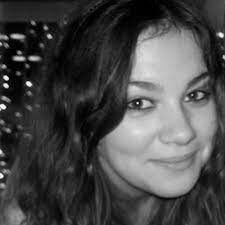
Sophie Charara is a freelance tech and culture journalist. Sophie is a former associate editor of WIRED, and former associate editor at Wareable and The Ambient.
You must confirm your public display name before commenting
Please logout and then login again, you will then be prompted to enter your display name.
-
 Dyson V16 Piston Animal with Submarine review: Doing chores shouldn’t be this much fun
Dyson V16 Piston Animal with Submarine review: Doing chores shouldn’t be this much funWith great vacuuming and wet cleaning performance, Dyson’s latest flagship is easy to recommend. Oh, and did we mention it has a green light beam thing?
-
 Forget Spotify Wrapped, Apple has just released the App Store Awards and this is what everyone’s been downloading in 2025
Forget Spotify Wrapped, Apple has just released the App Store Awards and this is what everyone’s been downloading in 2025App-solutely brilliant
-
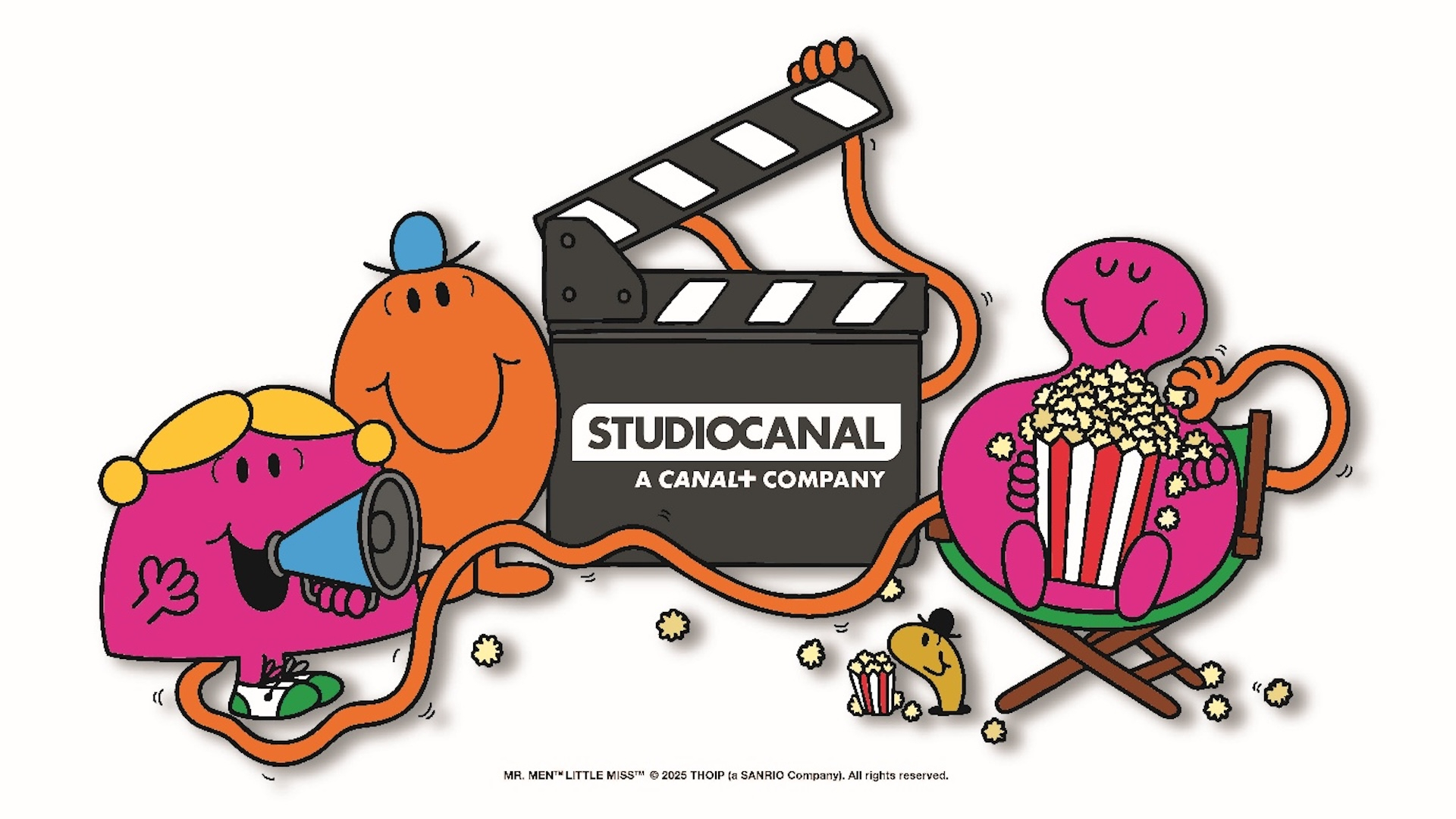 Mr Men and Little Miss are about to take on Hollywood in a new first-of-its-kind film
Mr Men and Little Miss are about to take on Hollywood in a new first-of-its-kind filmCinema is about to get much more colourful
-
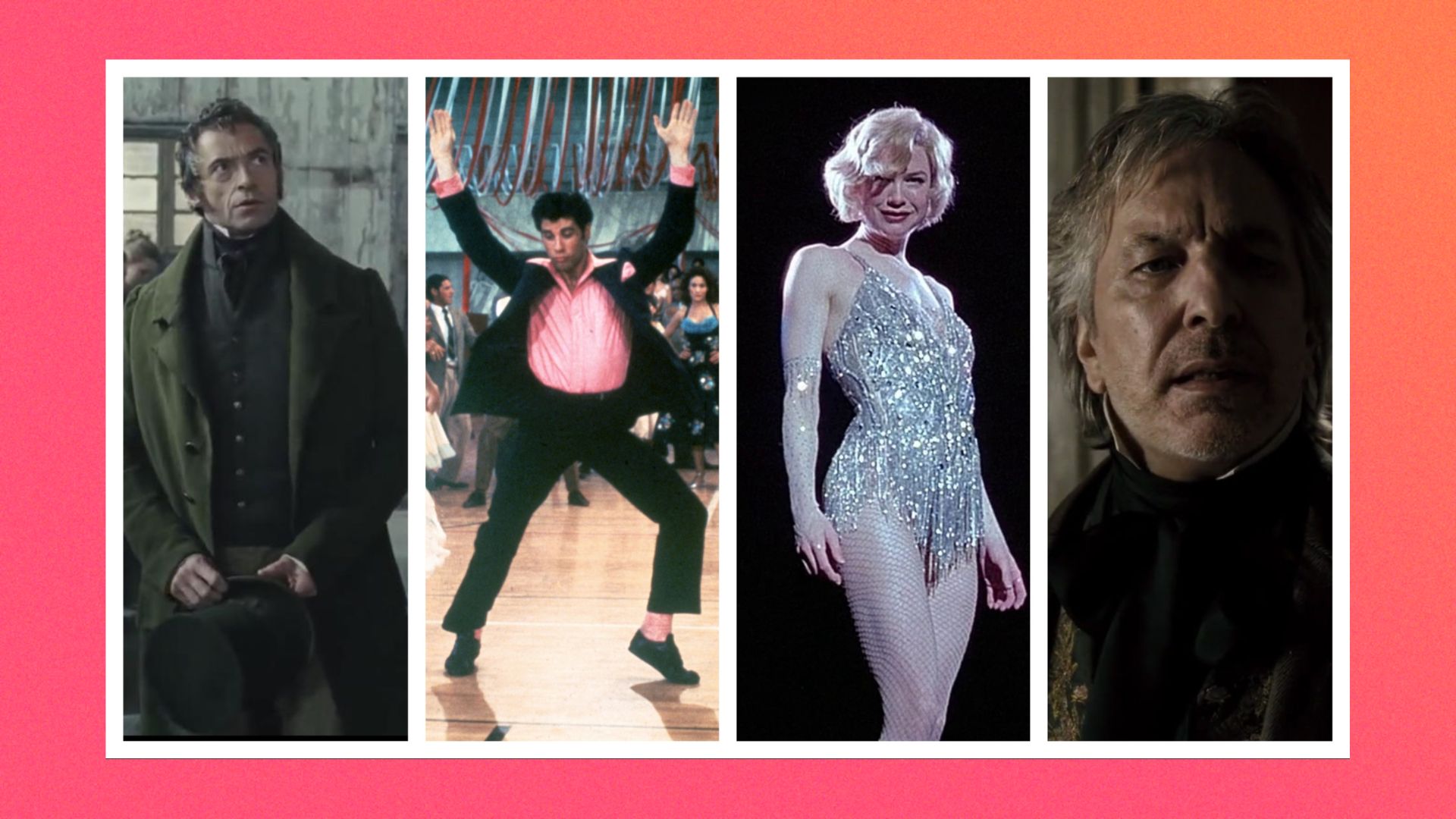 From stage to screen: The musicals that nailed the big-screen leap
From stage to screen: The musicals that nailed the big-screen leapMusical magic isn’t just for the stage
-
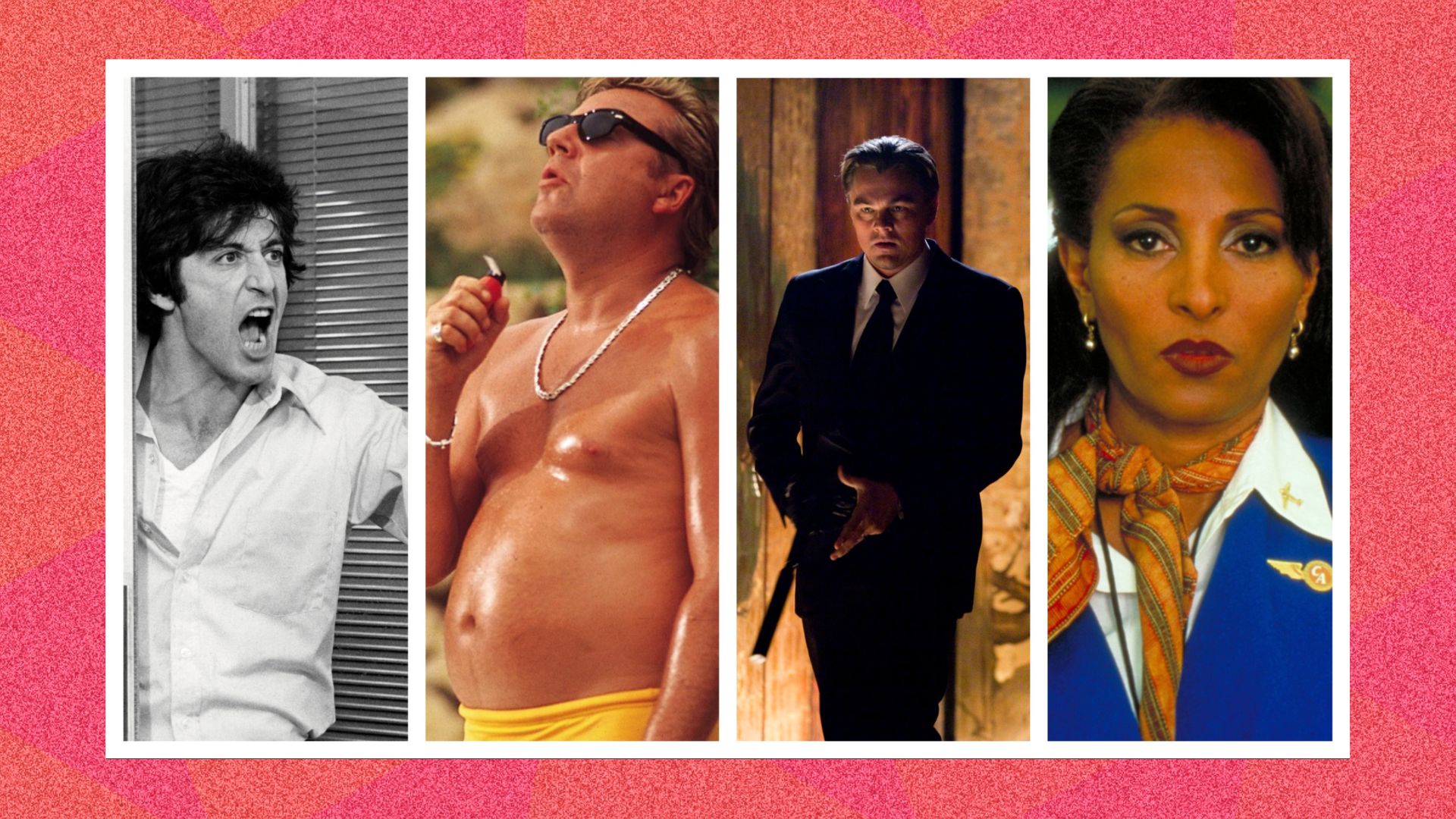 From The Usual Suspects to Sexy Beast: Ten heist movies that steal the show
From The Usual Suspects to Sexy Beast: Ten heist movies that steal the showTour through the films that perfected the art of the heist
-
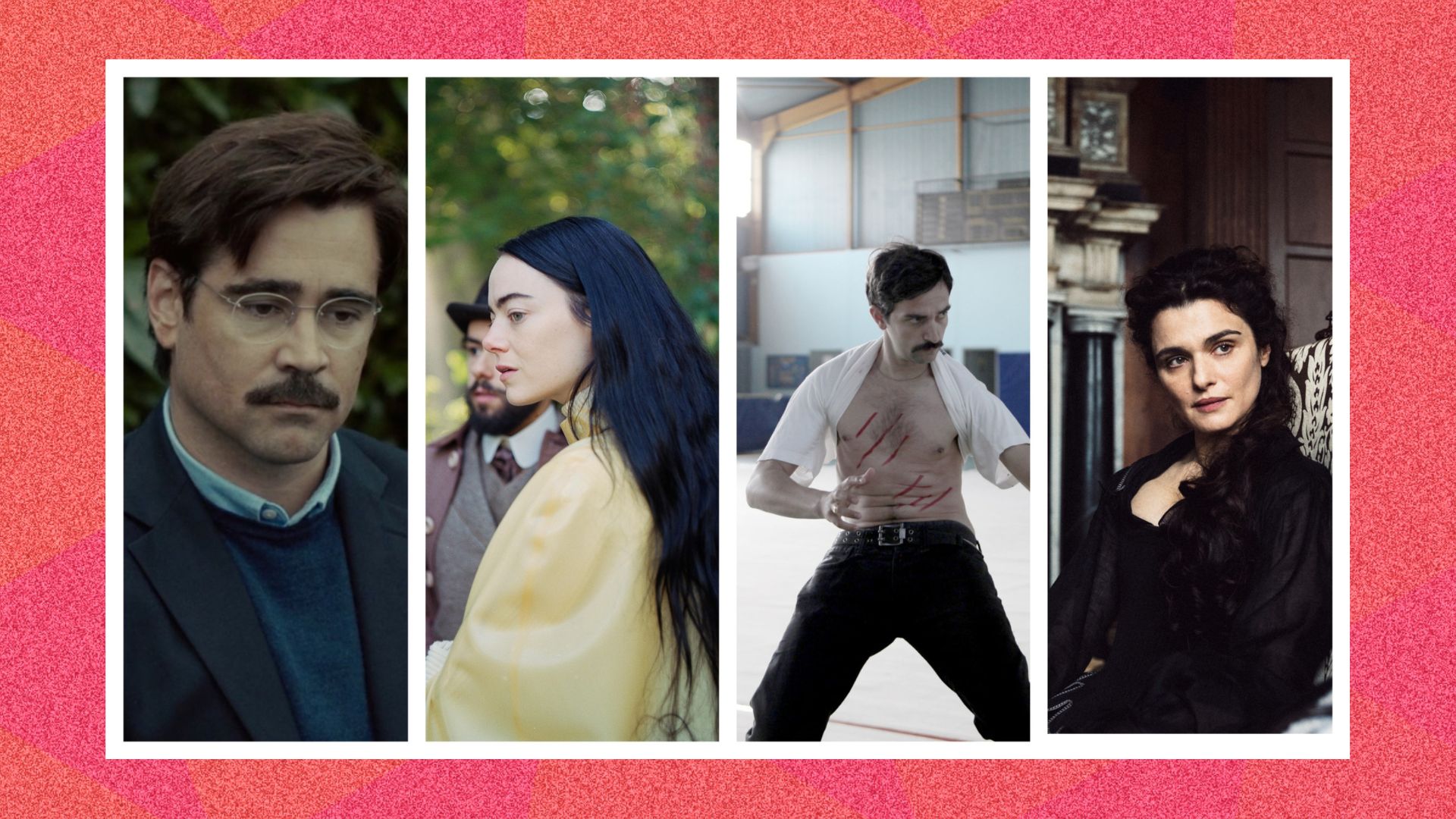 From The Favourite to Bugonia: Ranking Yorgos Lanthimos' films
From The Favourite to Bugonia: Ranking Yorgos Lanthimos' filmsThere’s blood and biscuits everywhere
-
 10 of the coolest things we saw at MCM London Comic Con 2025
10 of the coolest things we saw at MCM London Comic Con 2025Celebrities, unreleased games, world record attempts and more!
-
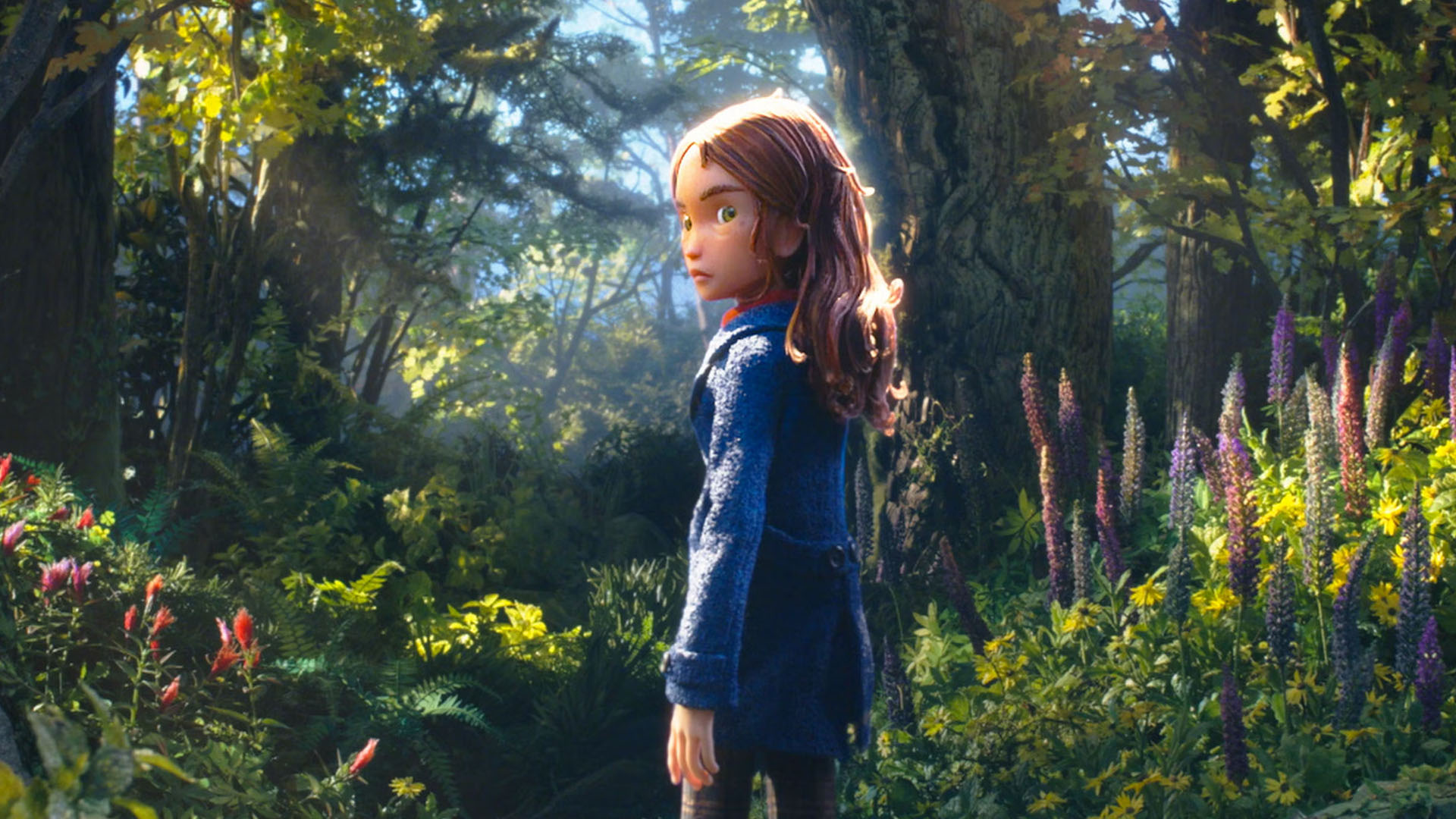 Coraline maker Laika is bringing back stop motion animation in Wildwood
Coraline maker Laika is bringing back stop motion animation in WildwoodA herculean animated effort
-
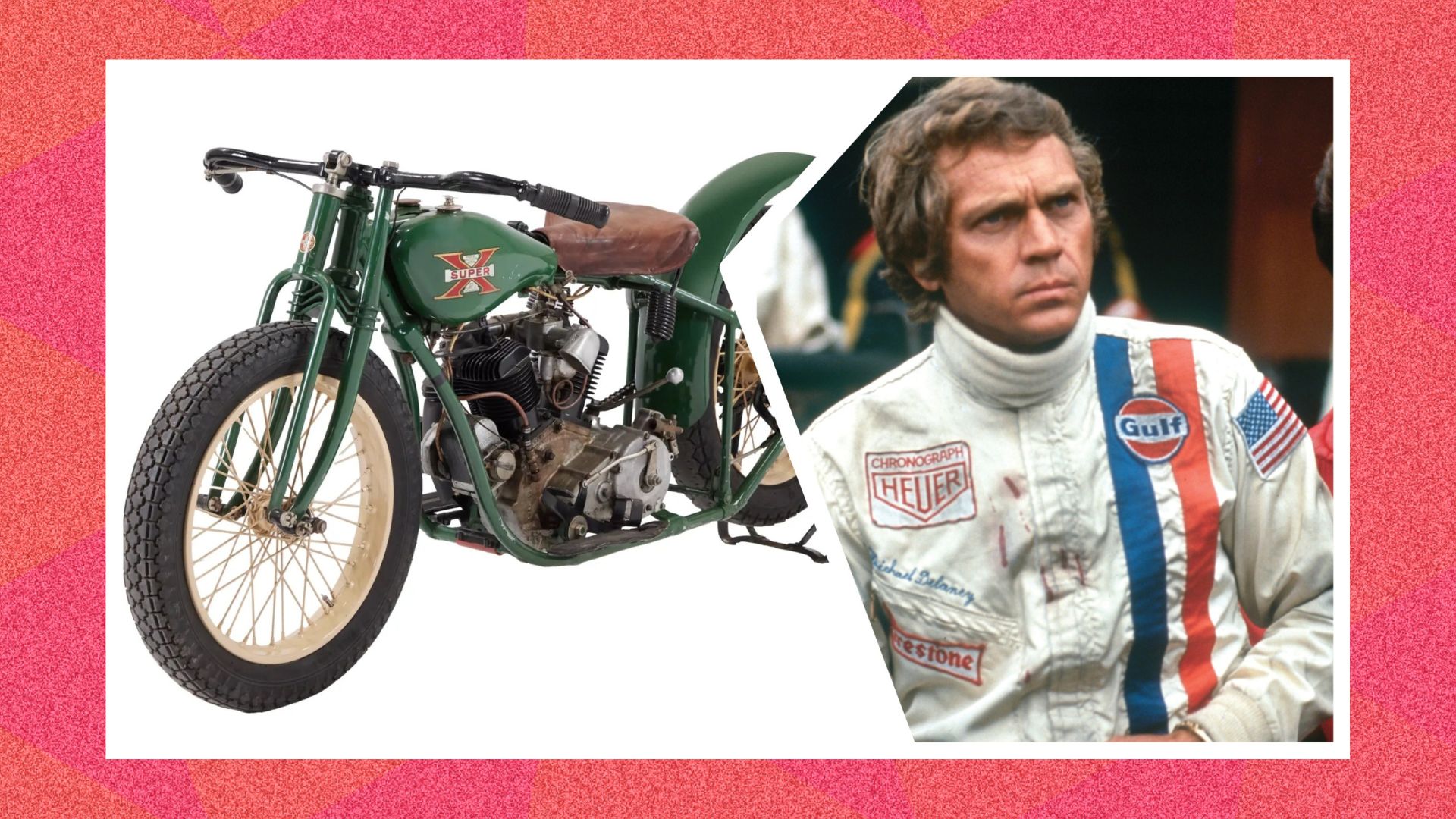 Steve McQueen’s 1926 Excelsior Super X — the King of Cool’s rare motorbike heads to auction
Steve McQueen’s 1926 Excelsior Super X — the King of Cool’s rare motorbike heads to auctionMagnificent motors from Hollywood history
-
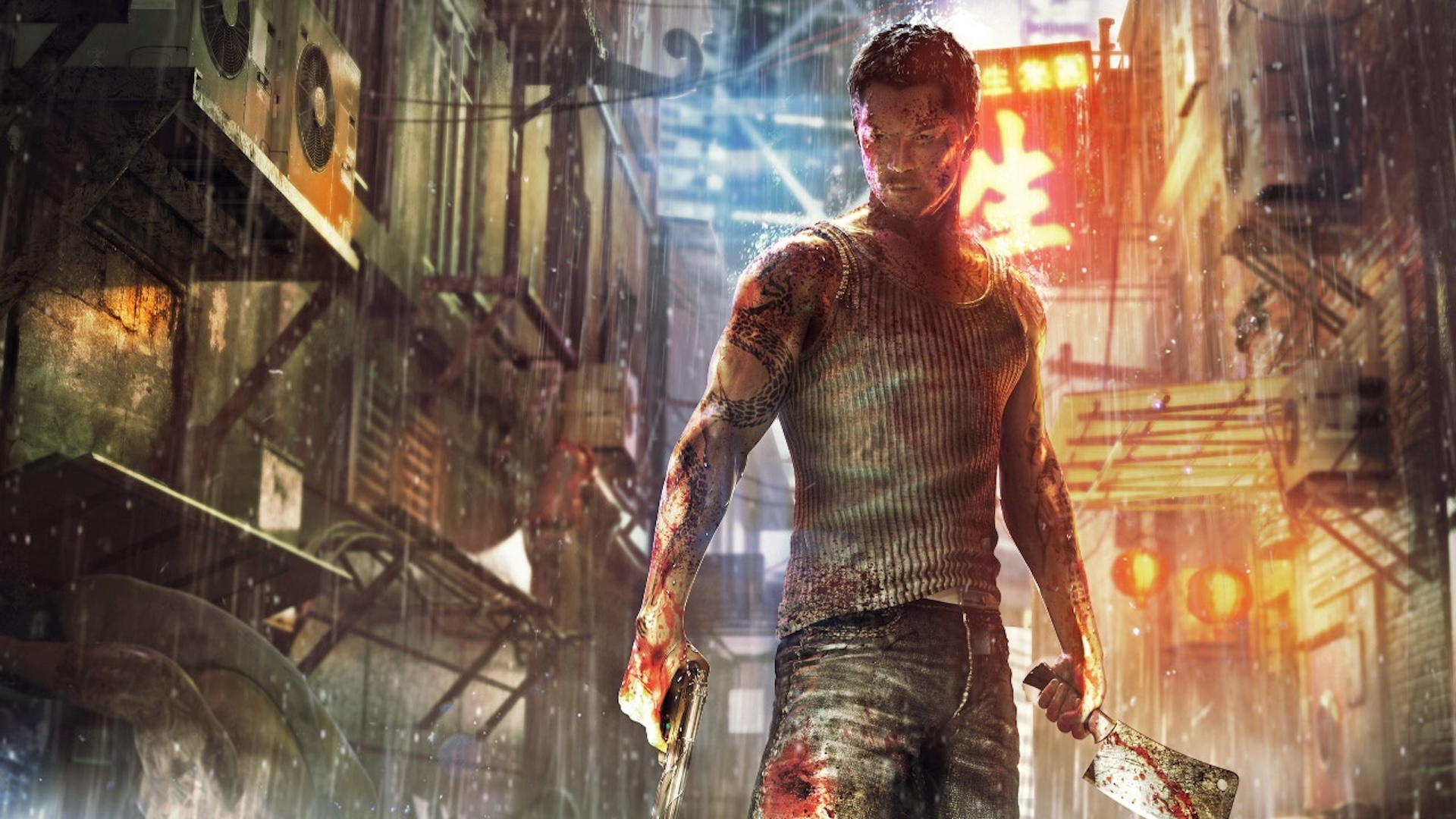 Simu Liu says the Sleeping Dogs script is finally done
Simu Liu says the Sleeping Dogs script is finally doneDon't let sleeping dogs lie





![King Kong (Original 1933) Trailer [HD] - YouTube](https://img.youtube.com/vi/UIgiRxokkSk/maxresdefault.jpg)








